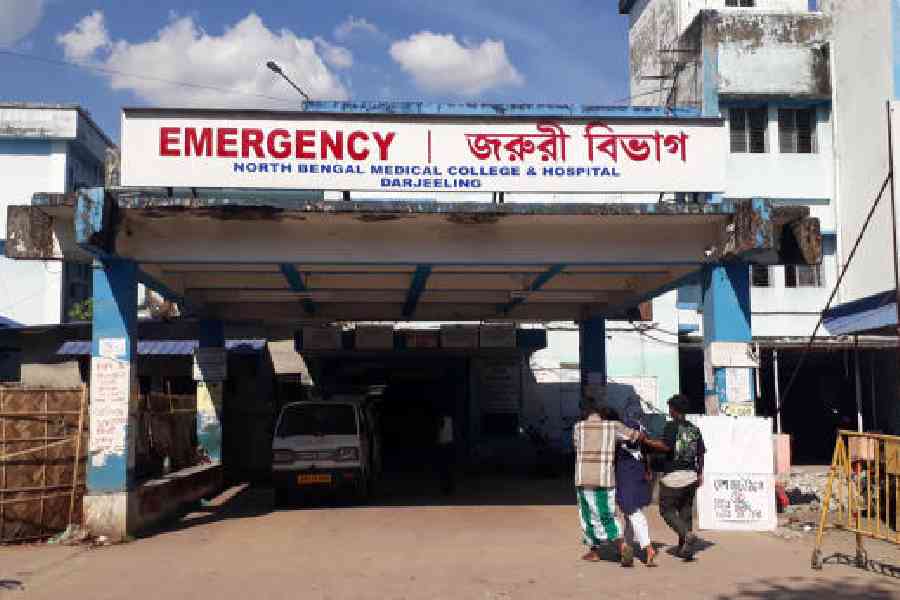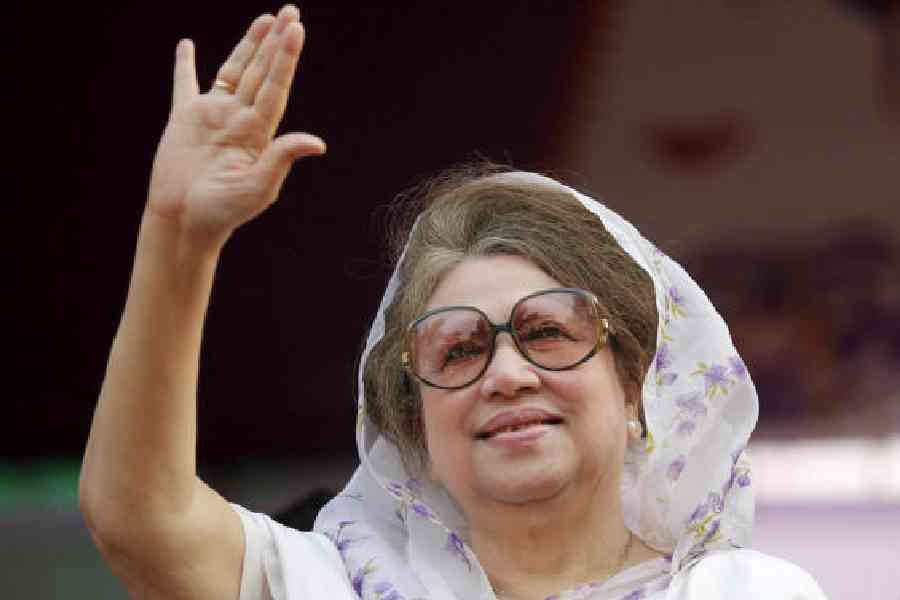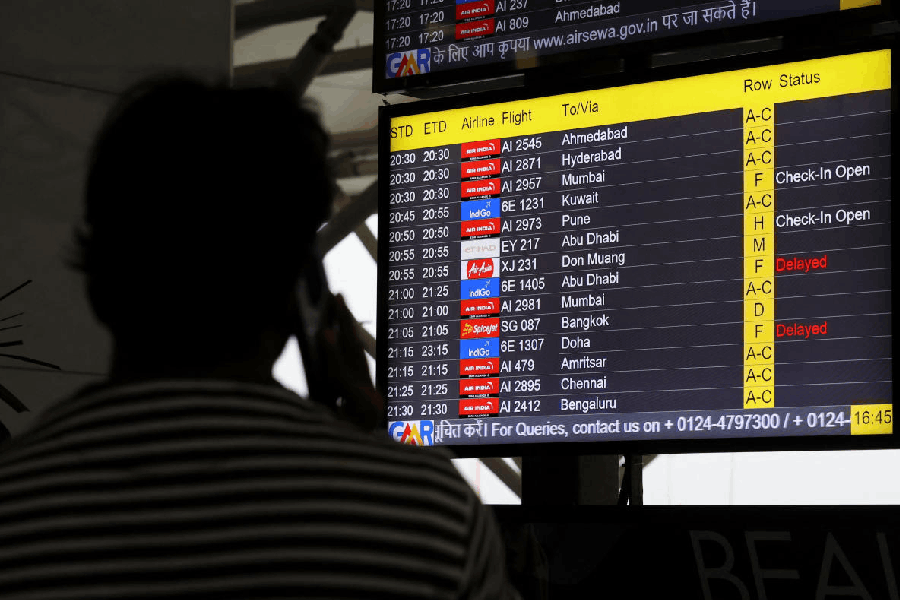The improvement in healthcare facilities in Bengal over the last decade has failed to arrest the migration of patients to other states, driven by a lack of faith in local doctors, limited access to government hospitals and a perception that more skilled specialists are available elsewhere.
Though hospitals in Bengaluru, Chennai, Vellore, Mumbai, and Delhi have reported a decadal decline in the number of patients from Bengal, the footfall remains substantial, pointing to entrenched systemic problems that require immediate attention. The biggest challenge, even today, for the state government is ensuring access to healthcare.
Story in numbers
At Devi Shetty’s Narayana Healthcity in Bengaluru, patients from Bengal account for 20 per cent of the 2,500 daily outpatient visits, a decline from 40 per cent a decade ago but still significant in terms of volume.
The healthcare chain operates four hospitals in Calcutta.
“About 10 years ago, there would be 40 per cent patients from Bengal,” said R. Venkatesh, group chief operating officer of Narayana Health.
Christian Medical College (CMC) in Vellore sees 40 per cent of its 10,000 daily outdoor patients from Bengal. “Earlier, the number would be more, but now we have several good hospitals nearby where patients go,” a CMC official said.
At Apollo Hospitals in Chennai’s Greams Road, 40 per cent of OPD patients come from eastern India compared with 45 per cent earlier, a hospital official said.
Lack of faith
Many Bengal patients visiting CMC Vellore express deep scepticism about their home state’s healthcare system.
“Many patients who come from Bengal often say they feel the doctors and hospitals in their state treat them not as patients but as customers from whom they can extract profit,” a CMC Vellore official said. “These patients tell us that they often apprehend that excess and unnecessary tests are being conducted.”
The apprehension is reinforced by complaints about inflated billing received by the West Bengal Clinical Establishment Regulatory Commission, which oversees private hospitals.
“A substantial number of complaints are about billing,” said retired judge Ashim Banerjee, the commission chairperson. “Private hospitals fix their own tariffs, but we also try to verify the basis for those tariffs. We have recently started receiving complaints of unethical practices at hospitals, too.”
Complaints about medical negligence, while significant, fall under the purview of the state medical council and cannot be addressed by the commission.
Communication problem
Doctors refusing to communicate properly with the patients is also contributing to the exodus of patients.
The husband of a 60-year-old woman experiencing chest discomfort and blackouts alleged that a cardiologist at a private hospital off EM Bypass in Calcutta barely spoke to them about her ailment.
“The cardiologist spoke to my wife for a couple of minutes and prescribed a series of tests. Once the test results came, he briefly spoke to us before prescribing some medicines. But he didn’t explain the ailment to us,” said the husband of the woman, a government hospital nurse in Calcutta.
The couple then visited Apollo Chennai, where doctors said the woman needed a pacemaker and explained why. Despite significantly higher costs, which involved airfare and hotel accommodation, the couple chose to get the procedure done there.
“The doctors in Calcutta didn’t inspire much confidence in us,” the husband said.
A healthcare chain official with hospitals in both Calcutta and south India confirmed the poor communication skills among Bengal doctors.
“In our hospitals in the south, doctors spend almost three times the time with patients compared to here. We are trying to address the issue. Also, here, the punctuality of some doctors is a big problem,” he said.
The regulatory commission has reported increasing complaints about healthcare staff, including doctors, misbehaving with patients. “Maybe this is because patients have become more conscious about their rights,” Banerjee suggested.
Specialist shortage
The skill gap becomes evident in complex cases.
A 67-year-old Kasba resident diagnosed with gastrointestinal cancer was told by a Calcutta surgeon that he didn’t need surgery, but good medical management was essential.
“The surgeon himself told us to go to Tata Memorial Hospital in Mumbai, where there are many good oncologists,” the patient’s wife recalled.
Hospital officials acknowledge that skilled doctors do practise in Calcutta, but the availability of high-quality specialists is better in Bengaluru, Chennai or Delhi.
“A more skilled doctor would have a better treatment outcome and also be able to handle complications more efficiently,” said a multi-city healthcare chain official. “In Calcutta, there is a dearth of skilled doctors in some of the new emerging superspecialty fields.”
The problem is rooted in the quality of medical education. Bengal produces fewer superspecialists than south India because it has fewer postgraduate medical seats.
“To have more skilled doctors, PG seats have to be increased along with MBBS seats,” a private hospital official in Bengal noted. “So, we have to hire doctors from other states when we are expanding.”
Access barriers
Limited access to government hospitals and reputable private practitioners compounds the problem.
“The biggest challenge for the state government is ensuring access to healthcare. The infrastructure is in place, but patients are still turned away,” said a health official.
Recently, a nine-year-old snakebite victim in Nadia had to run from one government facility to another, only to be told there was no ventilator or bed, and was “on the verge of respiratory arrest” when he was admitted to a private hospital 170km away in Calcutta.
The path forward
Public health expert Abhijit Chowdhury said that changing Bengal’s healthcare landscape required proactive leadership.
“The health administrators have to play a more proactive role and make everybody involved in healthcare delivery more accountable. Also, Bengal’s healthcare market needs to become more mature and deal with patients with more maturity,” he said.
The first order of business for the state government to stem the patient outflow will be to rebuild trust through better communication, improved access, expanded specialist training and stronger regulatory oversight.










